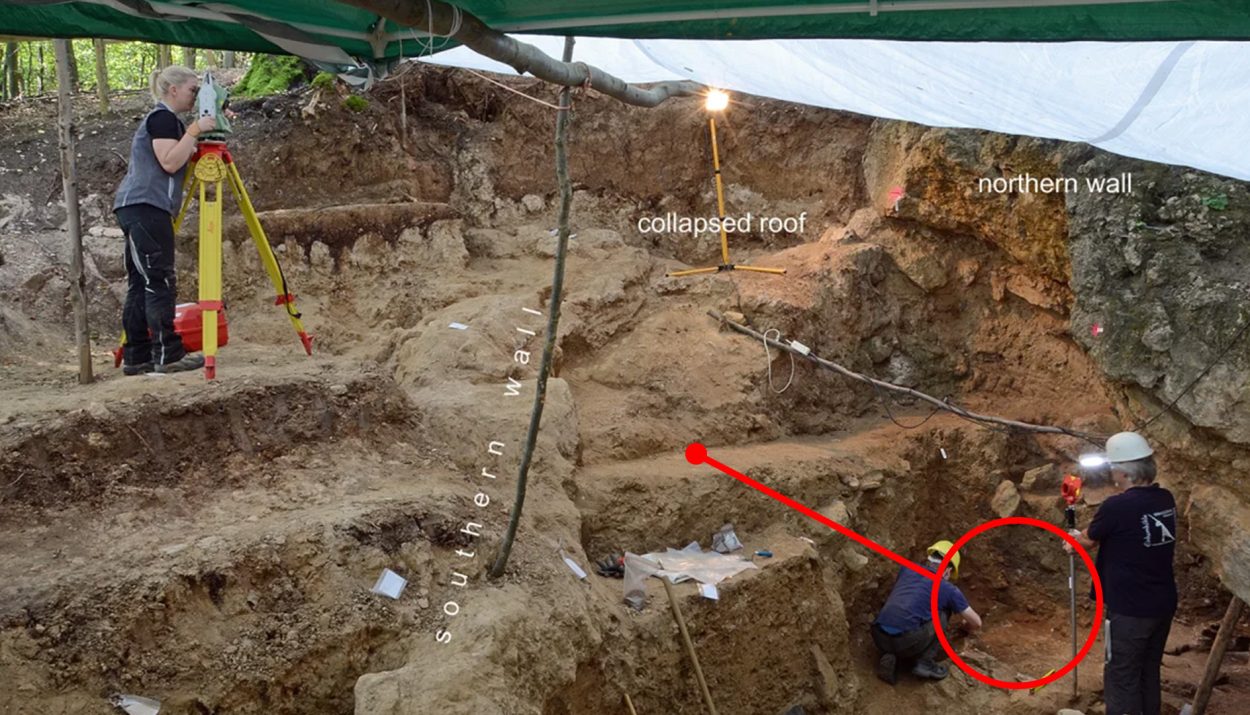The exploits of early humans are fascinating, with scientists discovering more and more about Neanderthals and other early human cultures every year. New paleontological and archaeological discoveries add to the cultural heritage of these ancient cultures, helping us to understand what they thought, and how they lived.
An Ancient Culture, But Not Unsophisticated
Many archaeologists work under the assumption that early human cultures such as Neanderthals lived purely survival-based lifestyles. Neanderthals were a culture of human that lived in Eurasia until approximately 40,000 years ago, with some of the oldest potential Neanderthal bones being up to 430,000 years old.

Understanding of Neanderthal culture was limited for a very long time. Neanderthals were understood to be primitive and brutish types of primates, creating the image of the unevolved, caveman archetype. The reality couldn’t be further from the truth, though, with more recent research supporting a change in perspective on the Neanderthal lifestyle.
Fairly Sophisticated People
Recent research has proven that despite the cultural narrative, the Neanderthal culture was actually quite sophisticated. They had an economic stone-tool industry, the ability to create fire, build hearths, and go seafaring, amongst other things. These are not activities of a primitive culture, and an even more recent discovery has gone further to prove the sophistication of Neanderthals.
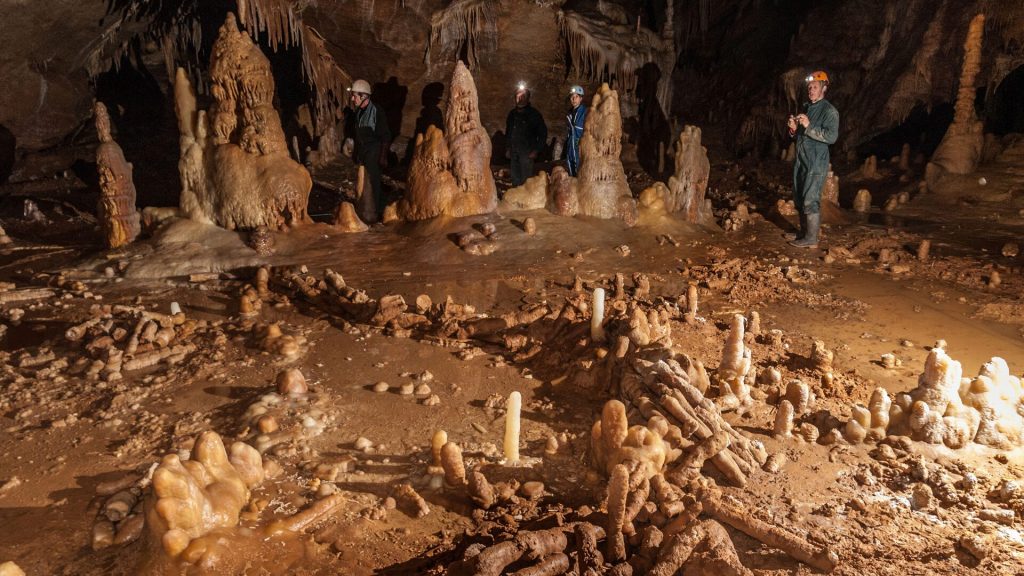
A large part of Neanderthal culture was hunting, as their diet largely consisted of hoofed animals and megafauna such as mammoths. They had quite large brains relative to their skull size, compared to other species of primitive humans, and studies throughout the years have proven that they were, in fact, quite cultured for their time.
Nothing Went to Waste
A big part of hunter-gatherer cultures was the repurposing of materials, no matter how small or insignificant they might seem to a modern human. When an animal was killed, many of these ancient cultures found ways to use every part of the animal, with their skins being made into clothing and their bones being repurposed into tools.
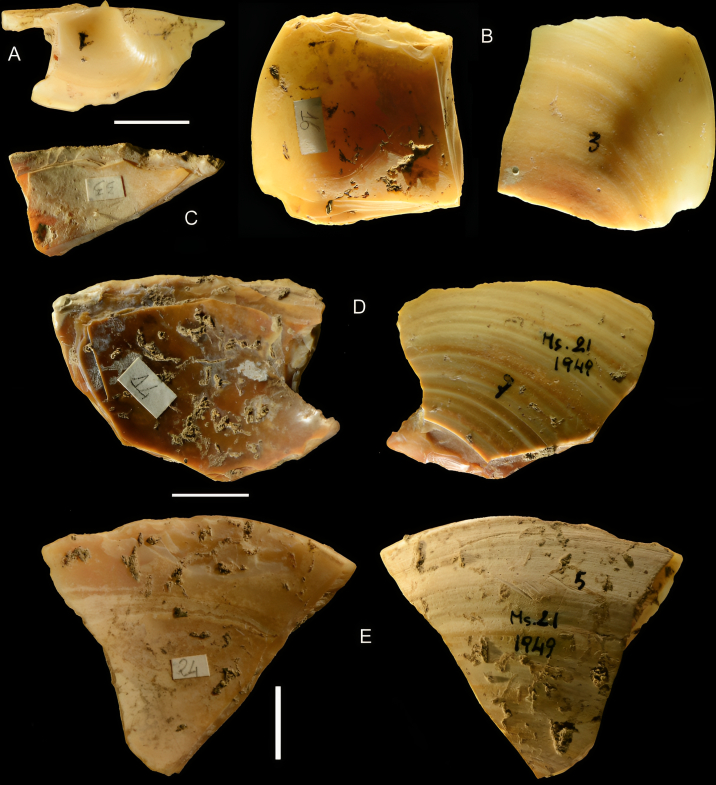
A discovery out of Germany has proven that these cultures were more than just survivors, though. Yes, the animal bones were used for tools, and they helped to push a special type of ancient economy, but they were more than that. The bones could have been used as decoration.
An Aesthetic Discovery
A team with the Lower Saxony State Service for Cultural Heritage in Germany has released a report stating that they have found a Neanderthal-era house ornament. The alleged ornament is made out of a carved deer toe, and has been dated with modern technology to be at least 51,000 years old.

While it may seem to be an insignificant discovery, this goes further to prove that the widespread narrative of Neanderthals being primitive is false. Primitive cultures didn’t have the technology that we’re still discovering that Neanderthals had, and they certainly didn’t go so far as to have an aesthetic eye for their surroundings.
Simple on Sight, But Meaningful
The decoration itself, to the untrained eye, is nothing to be impressed by. It is a small object, about two and a quarter inches tall, with a flat base that confirms that it was meant to be used as decoration. It has 6 chevron-style carvings in the base of it, and researchers theorize that the bone would have been boiled prior to carving to make the surface softer.
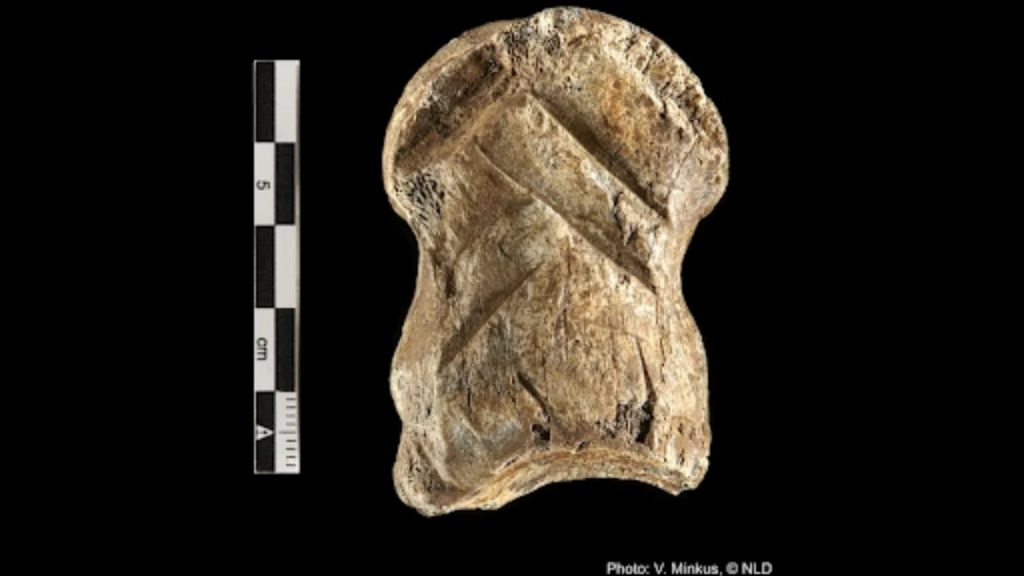
The carving lines themselves are neatly spaced, and carved deep into the surface. The indentations are set at a 90 degree angle, which supports the theory that these were deliberate markings that likely took some time to carve in properly. They are not butchery style cuts, and probably required a more specialized tool.
Breaking Through Culture Misconceptions
The head research of the study says that the discovery is an enormous leap for research into these ancient cultures. The cultural concept of the knuckle-dragging caveman is far from the truth, and this ornament proves it.
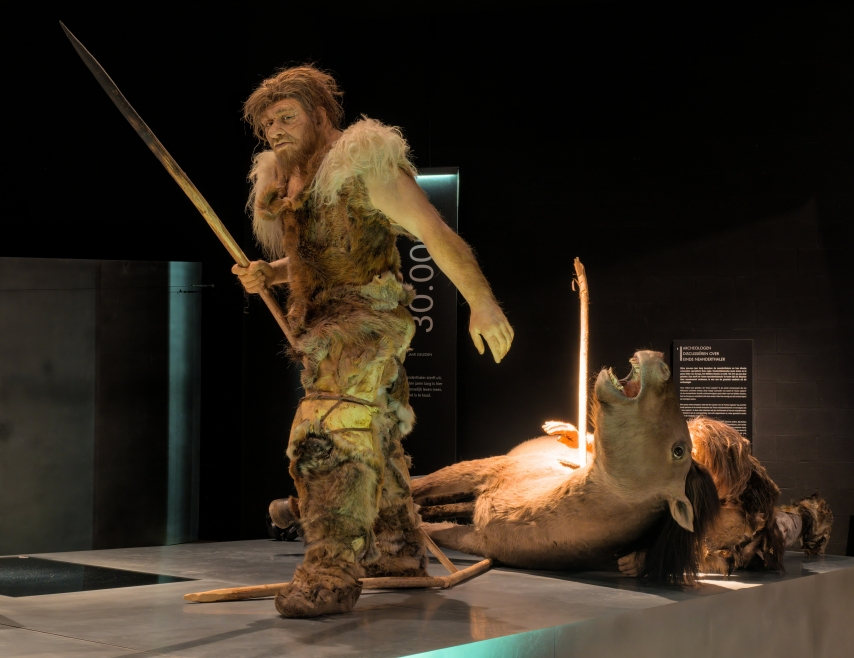
The detail of the ornament is not the only remarkable factor about this discovery, but also the amount of time that it likely would have taken. Dr. Dirk Leder believes that the deep carvings of the chevrons, as clear and deliberate as they are, would likely have taken some 90 minutes to carve, proving that not only did Neanderthals have an aesthetic eye, they also had patience.
Discovered Near Unicorn Cave
The carving was discovered in central Germany, near a spot that is colloquially called “Unicorn Cave.” It’s named such because treasure hunters have been searching for evidence of Unicorns near this spot for centuries, but it’s remarkable for another reason.
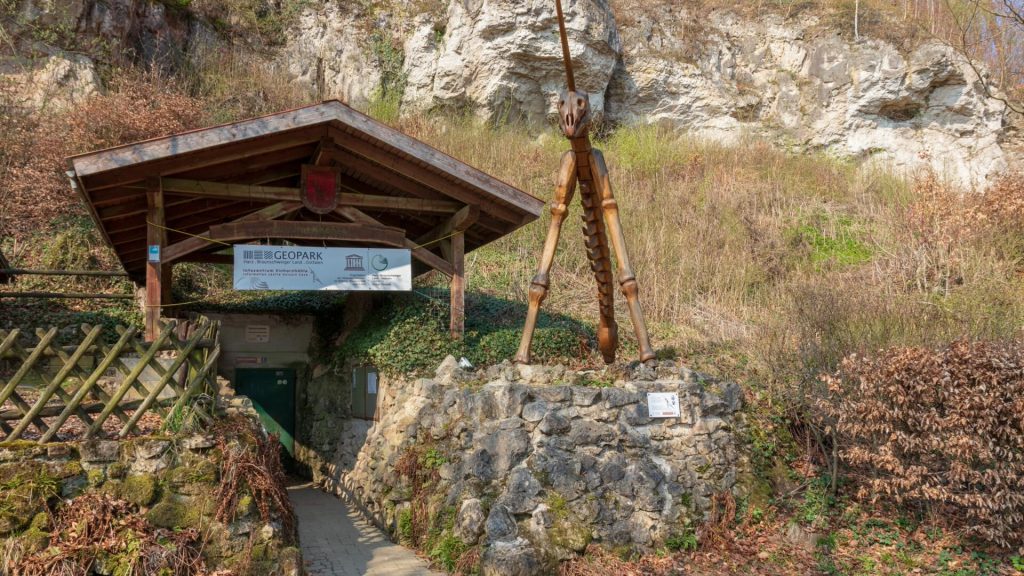
This particular location in Germany would have seen very few giant deer whose bones could be carved in such a way as this ornament. They were rare this far north of the Alps at the time, and the finding suggests that not only was the ornament aesthetic, but it had a symbolic meaning to the Neaderthals as well. What that meaning could be, researchers can only speculate.
A New View of Ancient Life
The discovery of the world’s oldest ornament sheds a new perspective on ancient cultures, one that is sorely needed in a world of misconceptions. Neanderthal culture is important to archaeologists for many reasons, though these ancient peoples had no idea that they would be so fascinating so many years after they were gone.
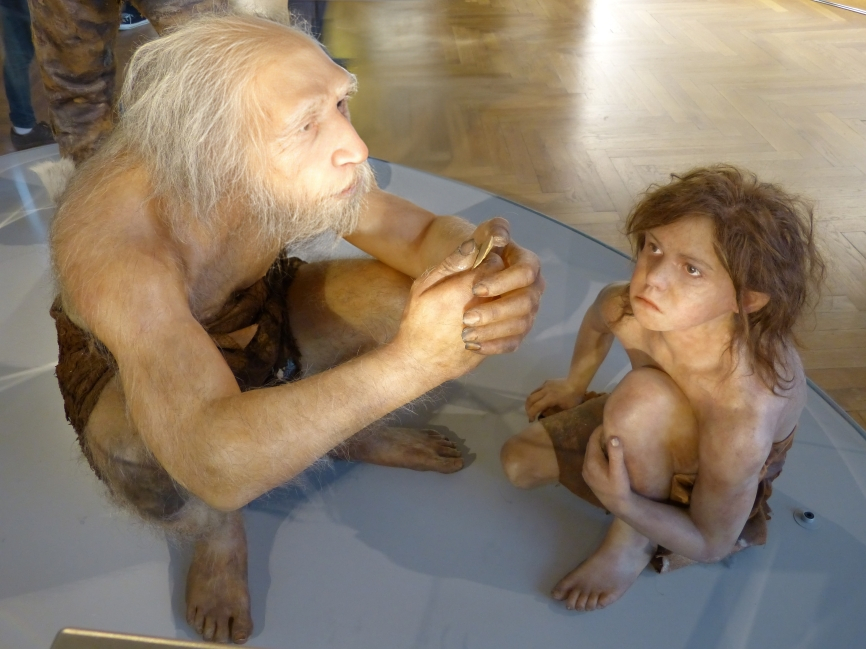
Changing the cultural conception of ancient peoples is a monumental task, but one that researchers are happy to take on. While there’s no general consensus on why Neanderthals went extinct, or exactly where they split to continue evolving into modern humans, the fact is that our ancestors are the reason that we are here today. They should be treated with respect as such, and given the cultural importance they deserve.

